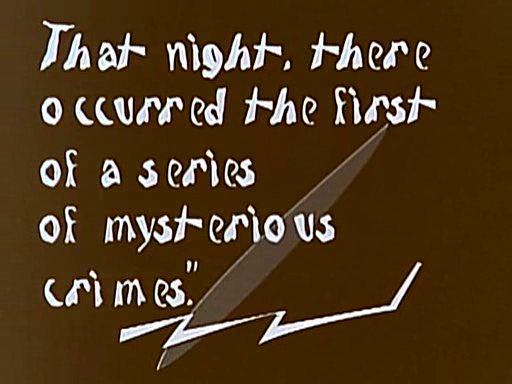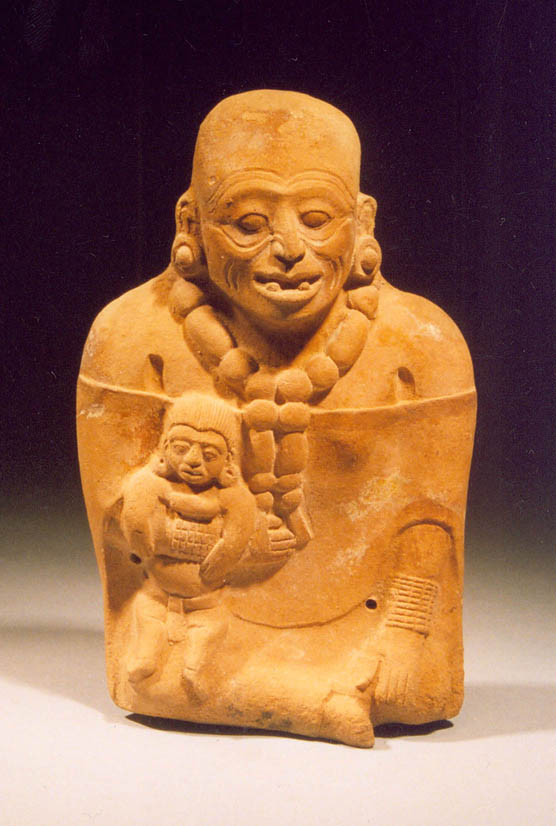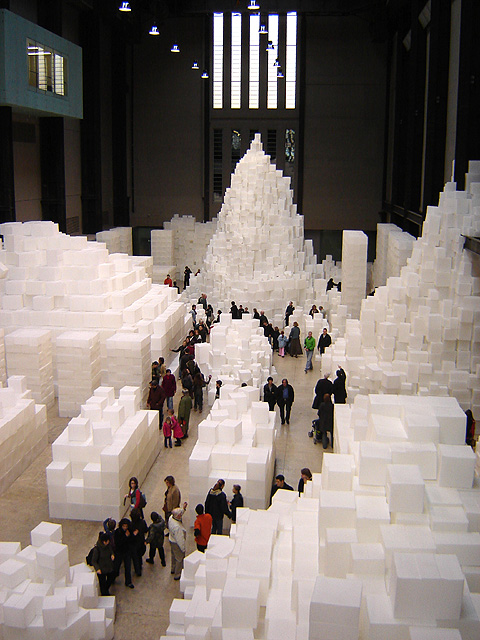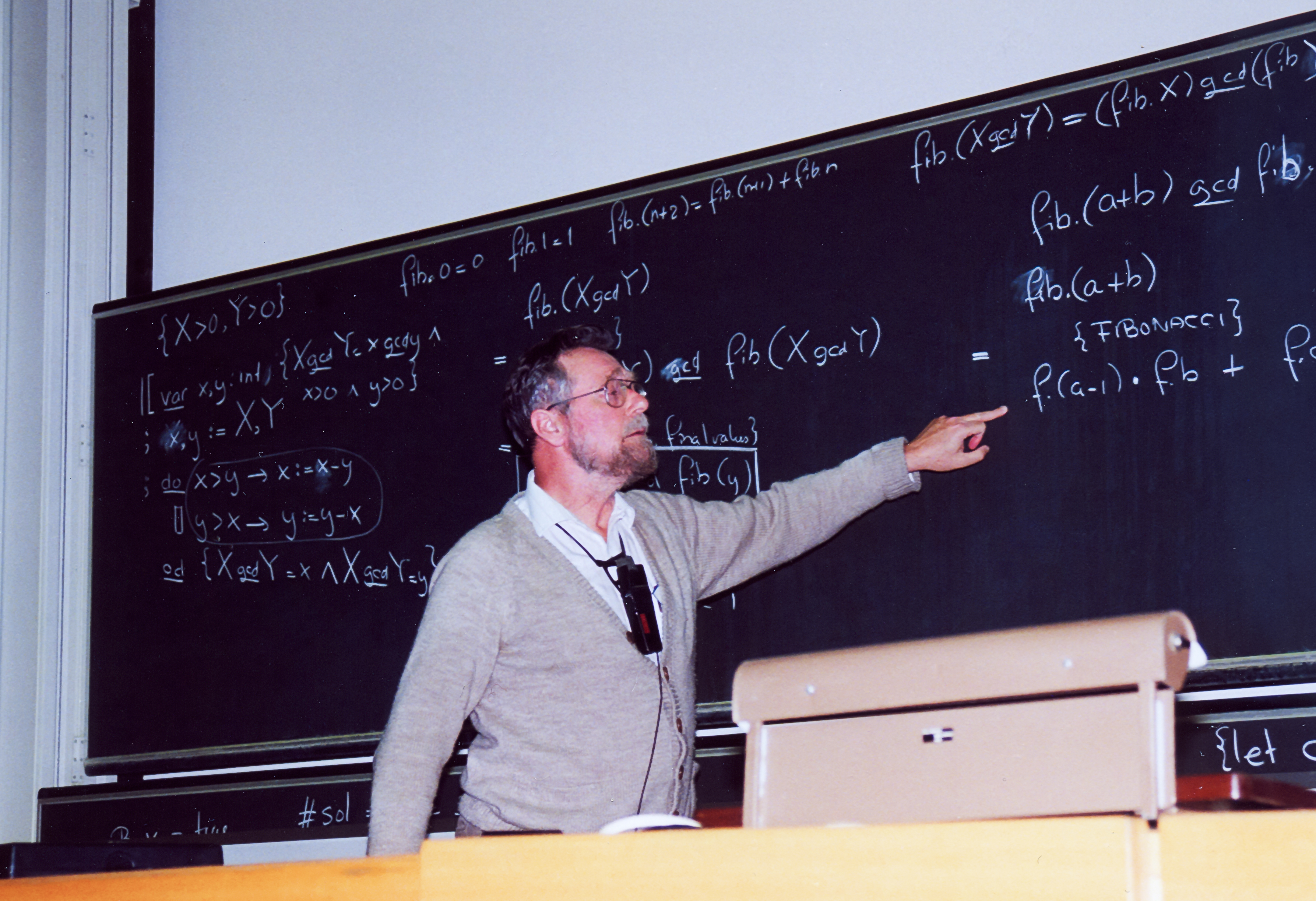|
Slide Show
A slide show (slideshow) is a presentation of a series of still images (Presentation slide, slides) on a projection screen or electronic display device, typically in a prearranged sequence. The changes may be automatic and at regular intervals or they may be manually controlled by a presenter or the viewer. Slide shows originally consisted of a series of individual reversal film, photographic slides projected onto a screen with a slide projector. When referring to the video or computer-based visual equivalent, in which the slides are not individual physical objects. A slide show may be a presentation of images purely for their own visual interest or artistic value, sometimes unaccompanied by description or text, or it may be used to clarify or reinforce information, ideas, comments, solutions or suggestions which are presented verbally. Slide shows are sometimes still conducted by a presenter using an apparatus such as a carousel slide projector or an overhead projector, but now ... [...More Info...] [...Related Items...] OR: [Wikipedia] [Google] [Baidu] |
135 Film
135 film, more popularly referred to as 35 mm film or 35 mm, is a format of photographic film used for still photography. It is a film with a film gauge of loaded into a standardized type of magazine – also referred to as a cassette or cartridge – for use in 135 film cameras. The engineering standard for this film is controlled by ISO 1007 titled '135-size film and magazine'. The term 135 was introduced by Kodak in 1934 as a designation for 35 mm film specifically for still photography, perforated with Kodak Standard perforations. It quickly grew in popularity, surpassing 120 film by the late 1960s to become the most popular photographic film size. Despite competition from formats such as 828, 126, 110, and APS, it remains the most popular film size today. The size of the 135 film frame with its aspect ratio of 1:1.50 has been adopted by many high-end digital single-lens reflex and digital mirrorless cameras, commonly referred to as " full frame". Eve ... [...More Info...] [...Related Items...] OR: [Wikipedia] [Google] [Baidu] |
James Coleman (Irish Artist)
James Coleman (born 1941) is an Irish installation and video artist associated with slide-tape works: sequences of still images fading one into the other with synchronized sound. Often, social situations are depicted with a precision which, paradoxically, creates a narrative ambiguity. James Coleman was born in Ballaghaderreen, County Roscommon. He studied at the National College of Art and Design, Dublin, and at University College, Dublin and then spent time in Paris and London before moving to Milan, where he stayed for twenty years. He now lives and works in Ireland. He represented Ireland in the 1973 Paris Biennale. He was conferred with the degree of Doctor of Fine Arts ''honoris causa'' by the National University of Ireland at NUI Galway in June 2006. Work in collections *S.M.A.K. - Stedelijk Museum voor Actuele Kunst, Gent *Fondation Cartier pour l'art contemporain, Paris *Musée National d'Art Moderne, Paris *Museum Ludwig, Cologne *Irish Museum of Modern Art, Dublin ... [...More Info...] [...Related Items...] OR: [Wikipedia] [Google] [Baidu] |
Intertitle
In films, an intertitle, also known as a title card, is a piece of filmed, printed text edited into the midst of (i.e., ''inter-'') the photographed action at various points. Intertitles used to convey character dialogue are referred to as "dialogue intertitles", and those used to provide related descriptive/narrative material are referred to as "expository intertitles". In modern usage, the terms refer to similar text and logo material inserted at or near the start or end of films and television shows. Silent film era In this era intertitles were mostly called "subtitles" and often had Art Deco motifs. They were a mainstay of silent films once the films became of sufficient length and detail to necessitate dialogue or narration to make sense of the enacted or documented events. ''The British Film Catalogue'' credits the 1898 film ''Our New General Servant'' by Robert W. Paul as the first British film to use intertitles. Film scholar Kamilla Elliott identifies another early use of ... [...More Info...] [...Related Items...] OR: [Wikipedia] [Google] [Baidu] |
Robert Barry (artist)
Robert Barry (born March 9, 1936 in the Bronx, New York) is an American artist. Since 1967, Barry has produced non-material works of art, installations, and performance art using a variety of otherwise invisible media. In 1968, Robert Barry is quoted as saying "Nothing seems to me the most potent thing in the world." Life and career Barry was born and grew up in The Bronx. A graduate of Hunter College, he studied there under artists William Baziotes and Robert Motherwell, later joining the college's faculty. Since 1967, Barry has produced non-material works of art, installations, and performance art. Barry moved to Teaneck, New Jersey in 1974, with his wife and two sons. Work Barry's work focuses on escaping the previously known physical limits of the art object in order to express the unknown or unperceived. Consequently, Barry has explored a number of different avenues toward defining the usually unseen space around objects, rather than producing the objects themselves. On Gol ... [...More Info...] [...Related Items...] OR: [Wikipedia] [Google] [Baidu] |
Baltimore Museum Of Art
The Baltimore Museum of Art (BMA) in Baltimore, Maryland, United States, is an art museum that was founded in 1914. The BMA's collection of 95,000 objects encompasses more than 1,000 works by Henri Matisse anchored by the Cone Collection of modern art, as well as one of the nation's finest holdings of prints, drawings, and photographs. The galleries currently showcase collections of art from Africa; works by established and emerging contemporary artists; European and American paintings, sculpture, and decorative arts; ancient Antioch mosaics; art from Asia, and textiles from around the world. The museum is distinguished by a neoclassical building designed in the 1920s by American architect John Russell Pope and two landscaped gardens with 20th-century sculpture. The museum is located between Charles Village, to the east, Remington, to the south, Hampden, to the west; and south of the Roland Park neighborhoods, immediately adjacent to the Homewood campus of Johns Hopkins U ... [...More Info...] [...Related Items...] OR: [Wikipedia] [Google] [Baidu] |
Microsoft PowerPoint
Microsoft PowerPoint is a presentation program, created by Robert Gaskins and Dennis Austin at a software company named Forethought, Inc. It was released on April 20, 1987, initially for Macintosh computers only. Microsoft acquired PowerPoint for about $14 million three months after it appeared. This was Microsoft's first significant acquisition, and Microsoft set up a new business unit for PowerPoint in Silicon Valley where Forethought had been located. PowerPoint became a component of the Microsoft Office suite, first offered in 1989 for Macintosh and in 1990 for Windows, which bundled several Microsoft apps. Beginning with PowerPoint 4.0 (1994), PowerPoint was integrated into Microsoft Office development, and adopted shared common components and a converged user interface. PowerPoint's market share was very small at first, prior to introducing a version for Microsoft Windows, but grew rapidly with the growth of Windows and of Office. Since the late 1990s, PowerPoint ... [...More Info...] [...Related Items...] OR: [Wikipedia] [Google] [Baidu] |
David Byrne (musician)
David Byrne (; born 14 May 1952) is a Scottish-American singer, songwriter, record producer, actor, writer, music theorist, visual artist and filmmaker. He was a founding member and the principal songwriter, lead singer, and guitarist of the American new wave band Talking Heads. Byrne has released solo recordings and worked with various media including film, photography, opera, fiction, and non-fiction. He has received an Academy Award, a Grammy Award, a Tony Award, and a Golden Globe Award, and he is an inductee to the Rock and Roll Hall of Fame as part of Talking Heads. Early life David Byrne was born on 14 May 1952 in Dumbarton, Dunbartonshire, Scotland, the elder of two children born to Tom (from Lambhill, Glasgow) and Emma Byrne. Byrne's father was Catholic and his mother Presbyterian. Two years after his birth, the family moved to Canada, settling in Hamilton, Ontario. The family left Scotland in part because there were few jobs requiring his father's engine ... [...More Info...] [...Related Items...] OR: [Wikipedia] [Google] [Baidu] |
Installation Art
Installation art is an artistic genre of three-dimensional works that are often site-specific and designed to transform the perception of a space. Generally, the term is applied to interior spaces, whereas exterior interventions are often called public art, land art or art intervention; however, the boundaries between these terms overlap. History Installation art can be either temporary or permanent. Installation artworks have been constructed in exhibition spaces such as museums and galleries, as well as public and private spaces. The genre incorporates a broad range of everyday and natural materials, which are often chosen for their " evocative" qualities, as well as new media such as video, sound, performance, immersive virtual reality and the internet. Many installations are site-specific in that they are designed to exist only in the space for which they were created, appealing to qualities evident in a three-dimensional immersive medium. Artistic collectives such as the ... [...More Info...] [...Related Items...] OR: [Wikipedia] [Google] [Baidu] |
Museum
A museum ( ; plural museums or, rarely, musea) is a building or institution that cares for and displays a collection of artifacts and other objects of artistic, cultural, historical, or scientific importance. Many public museums make these items available for public viewing through exhibits that may be permanent or temporary. The largest museums are located in major cities throughout the world, while thousands of local museums exist in smaller cities, towns, and rural areas. Museums have varying aims, ranging from the conservation and documentation of their collection, serving researchers and specialists, to catering to the general public. The goal of serving researchers is not only scientific, but intended to serve the general public. There are many types of museums, including art museums, natural history museums, science museums, war museums, and children's museums. According to the International Council of Museums (ICOM), there are more than 55,000 museums in 202 countrie ... [...More Info...] [...Related Items...] OR: [Wikipedia] [Google] [Baidu] |
Screensaver
A screensaver (or screen saver) is a computer program that blanks the display screen or fills it with moving images or patterns when the computer has been idle for a designated time. The original purpose of screensavers was to prevent phosphor burn-in on CRT or plasma computer monitors (hence the name). Though most modern monitors are not susceptible to this issue (with the notable exception of OLED technology, which has individual pixels vulnerable to burnout), screensaver programs are still used for other purposes. Screensavers are often set up to offer a basic layer of security by requiring a password to re-access the device. Some screensaver programs also use otherwise-idle computer resources to do useful work, such as processing for volunteer computing projects. As well as computers, modern television operating systems, media players, and other digital entertainment systems may include optional screensavers. Purpose Screen protection Before the advent of LCD screens, ... [...More Info...] [...Related Items...] OR: [Wikipedia] [Google] [Baidu] |
A Picture Is Worth A Thousand Words
"A picture is worth a thousand words" is an adage in multiple languages meaning that complex and sometimes multiple ideas can be conveyed by a single still image, which conveys its meaning or essence more effectively than a mere verbal description. History In March 1911, the Syracuse Advertising Men's Club held a banquet to discuss journalism and publicity. This was reported in two articles. In an article in The Post-Standard covering this event, the author quoted Arthur Brisbane (not Tess Flanders as previously reported here and elsewhere) as saying: "Use a picture. It's worth a thousand words." In an article in the Printers' Ink, the same quote is attributed to Brisbane A similar phrase, "One Look Is Worth A Thousand Words", appears in a 1913 newspaper advertisement for the Piqua Auto Supply House of Piqua, Ohio. Early use of the exact phrase appears in a 1918 newspaper advertisement for the ''San Antonio Light'', which says: One of the Nation's Greatest Editors Says: On ... [...More Info...] [...Related Items...] OR: [Wikipedia] [Google] [Baidu] |








